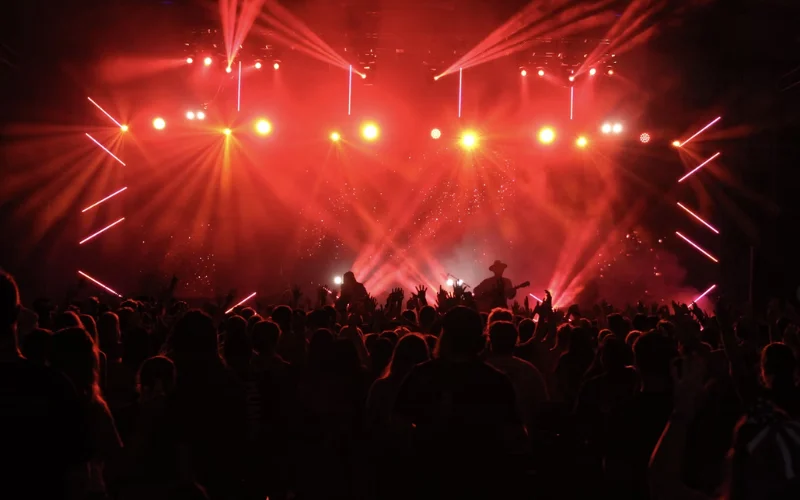Stage lights are pivotal in transforming a theatrical performance or a live concert into a captivating and immersive experience. Beyond their practical function of illuminating the stage, these lights contribute significantly to setting the mood, emphasizing emotions, and enhancing the overall visual appeal of a production. In this article, we will delve into the fascinating world of stage lights, exploring their history, types, and the artful techniques employed in creating mesmerizing lighting designs. Visit vorlane.com for more information.
The Evolution of Stage Lighting
Gas Lamps to Electric Lights:
The journey of stage lighting dates back to the 19th century when gas lamps were first introduced. However, it wasn’t until the advent of electric lighting in the late 1800s that stage lighting underwent a revolutionary transformation. Electric lights allowed for greater control and flexibility, marking the beginning of a new era in theatrical illumination.
Incandescent to LED Technology:
Over the years, advancements in lighting technology have continued to shape the landscape of stage lighting. The transition from incandescent to LED lights has brought about improvements in energy efficiency, color range, and the ability to create dynamic lighting effects. Today, LED lights dominate the stage, providing versatility and eco-friendly alternatives.
Types of Stage Lights
Floodlights:
These broad-beamed lights create a general wash of light across the stage. Floodlights illuminate large areas, providing a basic level of visibility for the performers and set.
Spotlights:
Spotlights focus on a specific area or performer, drawing attention to key elements of the performance. These lights are essential for highlighting protagonists, delivering dramatic emphasis, and creating a dynamic visual narrative.
Wash Lights:
Wash lights cover a wide area with a soft, diffused light. They are instrumental in establishing the mood of a scene and creating atmospheric effects. Wash lights are often used for background illumination and to establish a specific color palette.
Moving Lights:
Moving lights, or intelligent lights, have revolutionized stage lighting with their ability to change position, color, and intensity dynamically. Controlled by computerized systems, these lights add a dynamic and interactive element to the visual design of a production.
The Art of Lighting Design
Creating Atmosphere:
Lighting designers play a crucial role in shaping the emotional landscape of a performance. By selecting the right combination of lights, colors, and intensities, they can create a range of atmospheres – from suspenseful and dramatic to lighthearted and joyful.
Enhancing Visual Elements:
Lighting is an integral part of stage design, working in tandem with sets, costumes, and props to enhance visual elements. Strategic lighting can bring out the texture of fabrics, emphasize the details of a set, and elevate the overall aesthetic appeal of a production.
Establishing Focus:
The use of spotlights helps in directing the audience’s attention to specific performers or key moments. Lighting designers carefully plan the placement and intensity of spotlights to ensure that the audience’s focus aligns with the narrative and emotional beats of the performance.
Challenges and Innovations
Budget Constraints:
The implementation of elaborate lighting designs can be constrained by budget limitations. However, advancements in LED technology have provided cost-effective solutions, allowing even smaller productions to incorporate sophisticated lighting setups.
Environmental Considerations:
With an increasing focus on sustainability, the stage lighting industry is exploring eco-friendly alternatives. LED lights, with their energy efficiency and reduced environmental impact, have become the go-to choice for many theaters and performance venues.
Integration of Technology:
The incorporation of technology, such as automated lighting systems and interactive LED panels, has opened up new possibilities for creative expression. These innovations enable designers to synchronize lights with sound, movement, and visual effects, creating immersive and multi-sensory experiences.
Conclusion
In the realm of performing arts, stage lights are the unsung heroes that bring stories to life, evoke emotions, and captivate audiences. From the humble beginnings of gas lamps to the cutting-edge LED technology of today, the evolution of stage lighting mirrors the progress of the performing arts themselves. As technology continues to advance and creativity knows no bounds, the future of stage lights promises even more dazzling and immersive experiences for audiences around the world.



